Motives of U.S. Intervention: Democracy, Human Rights and Terrorism
The U.S. military is more likely to engage in a campaign for human rights than for security reasons, such as threats to democracy or terrorist activity.
Oil, Terrorism, and Insurgency in the Middle East and North Africa
When groups are included in political participation they are more likely to choose nonviolence over violence when voicing their grievances.

How Domestic Protests Influence Coups
Nonviolent protests are six times more effective at bringing about a coup than violent protests, and more likely to bring about democratization.
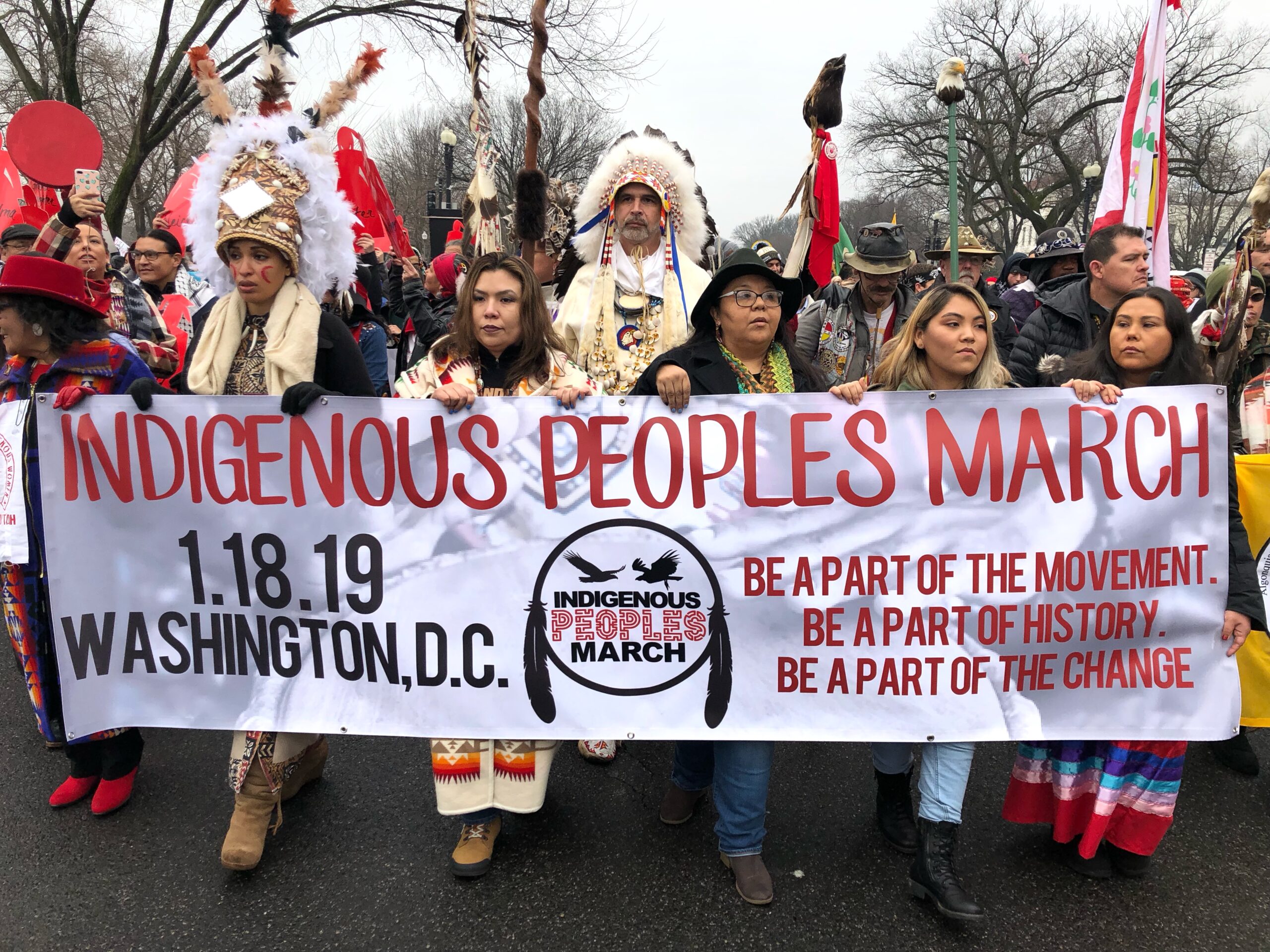
Indigenous Civil Resistance and Treaty Rights
Photo credit: Wikimedia Commons 2016 saw the emergence of a powerful movement against the construction of the Dakota Access Pipeline (DAPL) through land vital to Native communities, especially the Standing Rock Sioux. For non-Native people who have not been paying attention to Indigenous rights struggles over the past several decades, … Read more
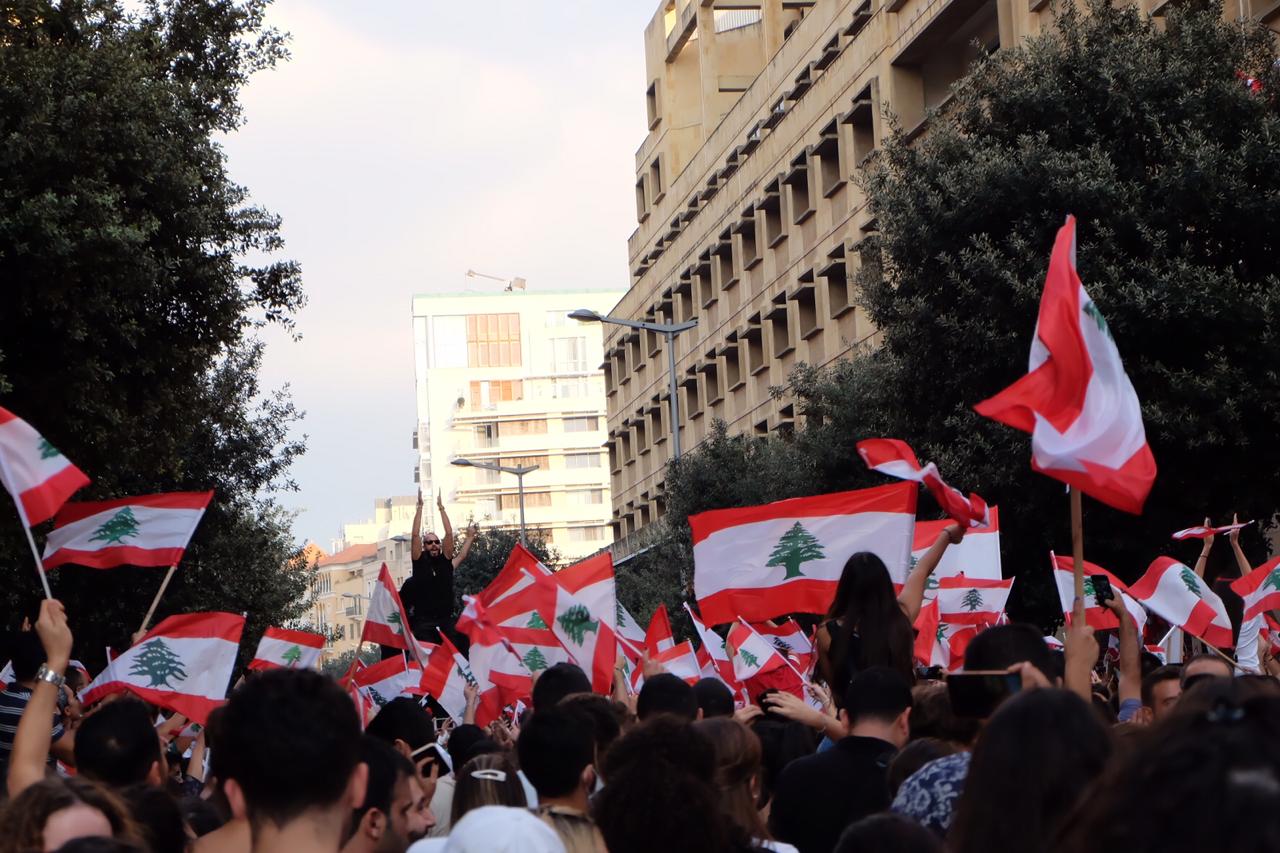
Nonviolent Resistance and Government Repression
Photo credit: Wikimedia Commons A greater number of resistance movements are choosing to adopt nonviolent forms of struggle as the effectiveness of nonviolent resistance becomes more widely known. At the same time, however, the success rate of these nonviolent movements is decreasing. What accounts for this lower rate of success, … Read more
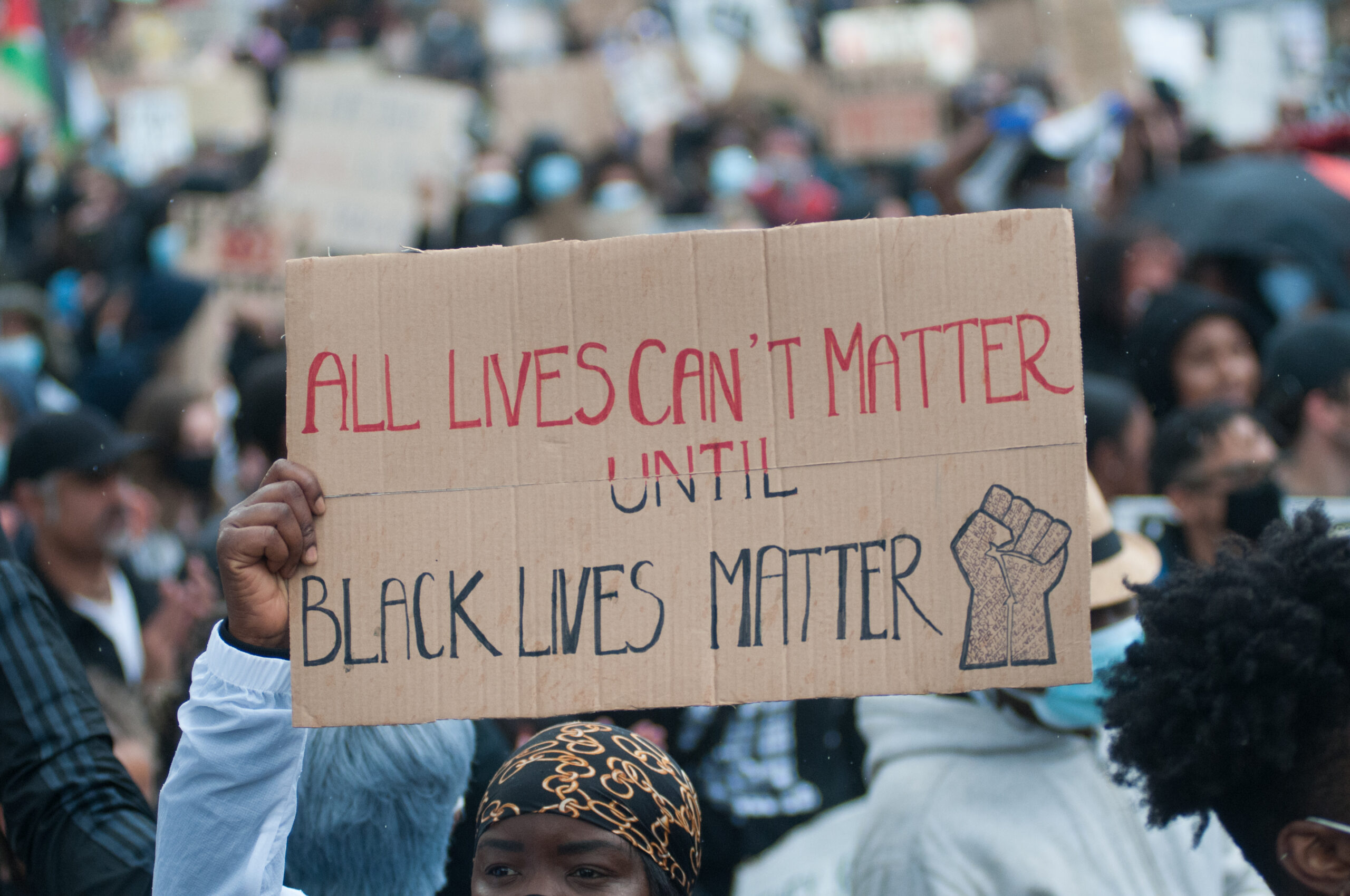
Creating a Broad-Based Movement for Black Lives
Photo credit: Tim Dennell In a scene from Sacha Jenkins’ new documentary, a father asks his 12-yearold son to tell the camera what he’s been told to do if their car is ever pulled over: “Put your hands up on the dashboard, so the police don’t think you have any … Read more
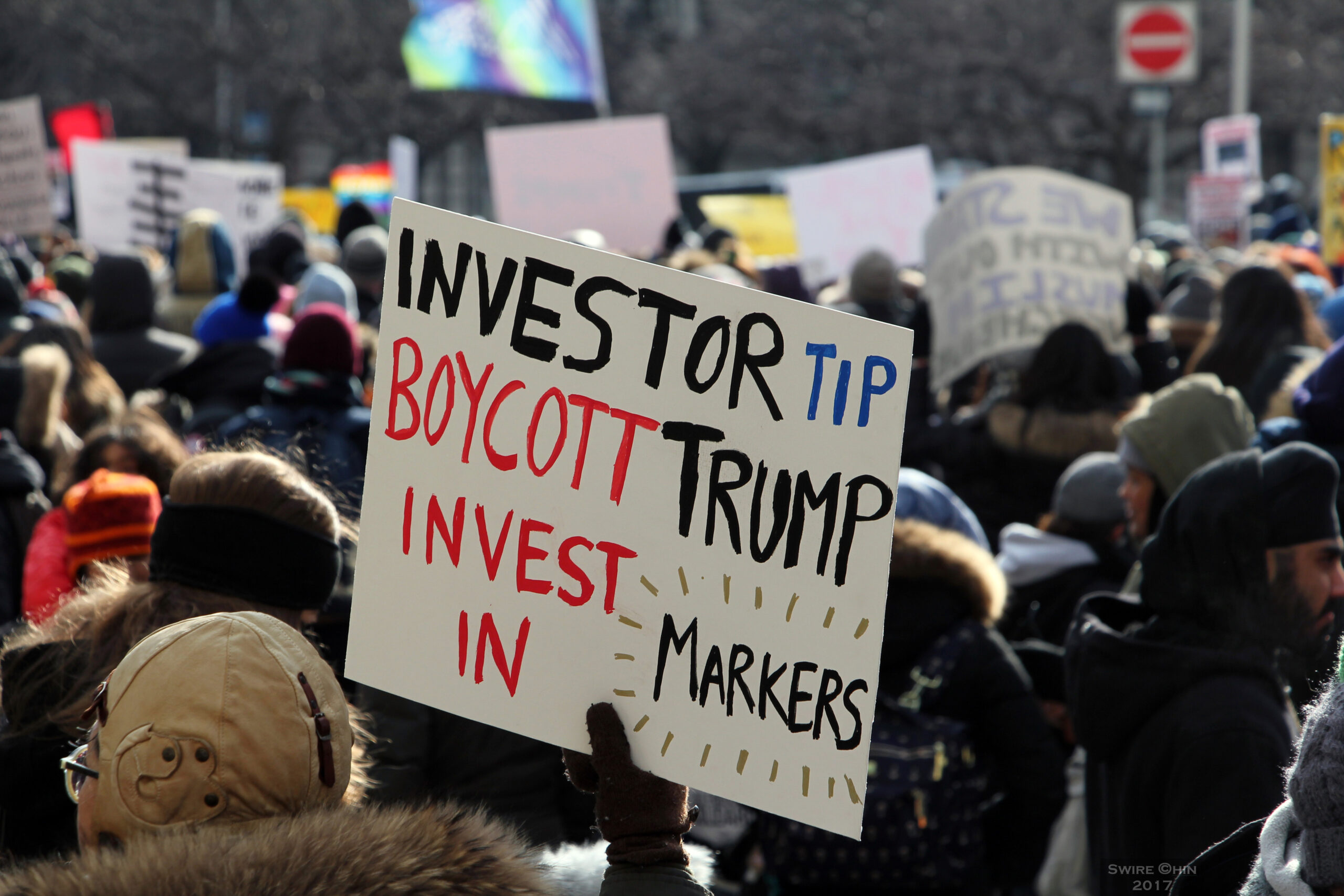
Adding Humor to the Nonviolent “Toolbox”
Photo credit: Can Pac Swire Struggles against human rights abuses or militarism are rarely linked— in thought or discussion—to humor. As serious matters, they deserve serious, strategic thinking about how to dismantle the power structures that enable them. But what if humor itself is a powerful tool for doing so? … Read more
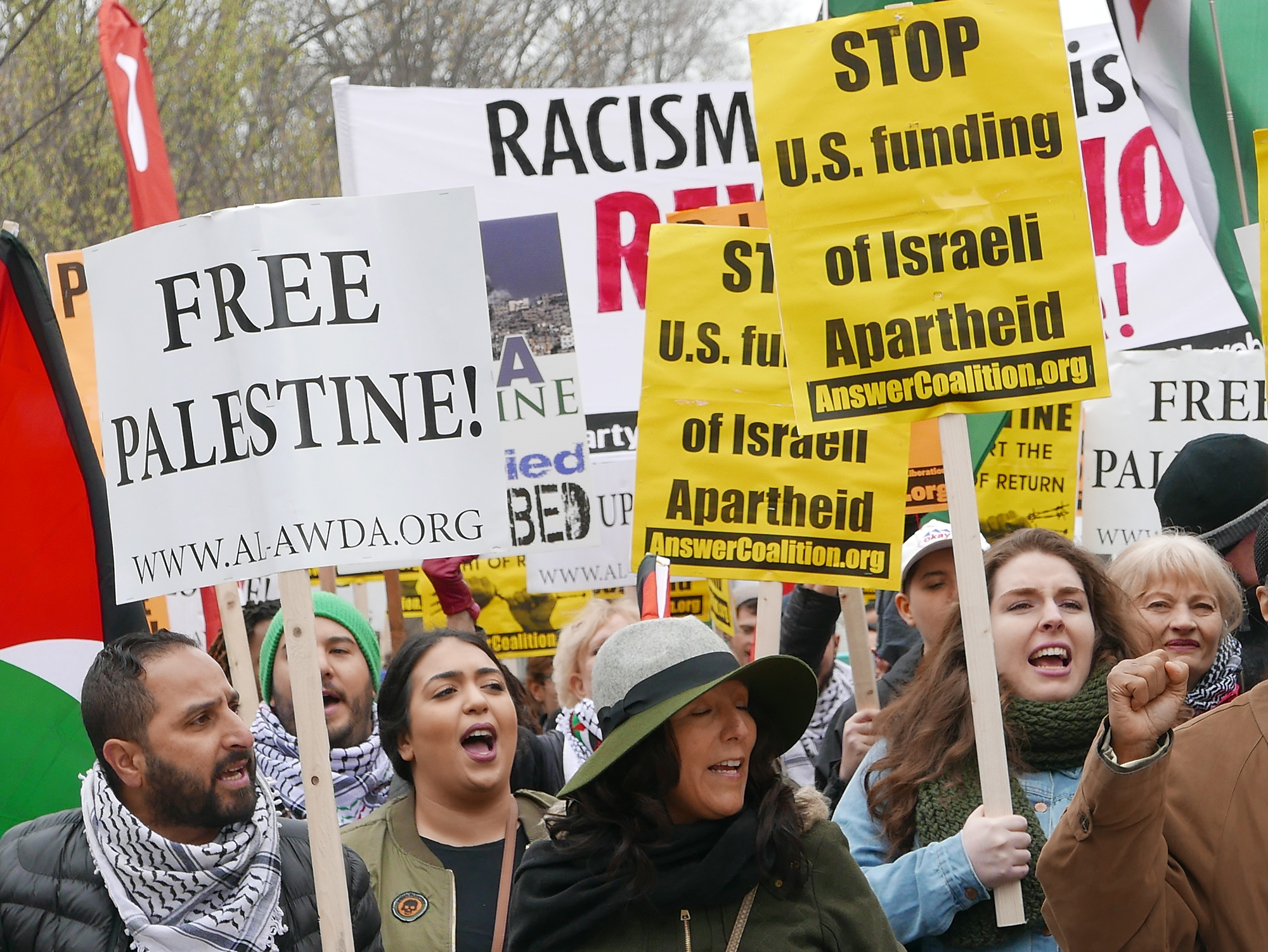
Diversity, Identity, and Privilege Among Multinational Activists in Palestinian Civil Resistance
Photo credit: Susan Melkisethian Contrary to widespread stereotypes regarding the nature of Palestinian resistance, there has long been a tradition of unarmed civil resistance against Israeli occupation—a tradition recently renewed with Israel’s construction of the so-called “separation barrier” (a.k.a. “apartheid wall” [Palestinians] or “security fence” [Israelis]) that separates many West … Read more
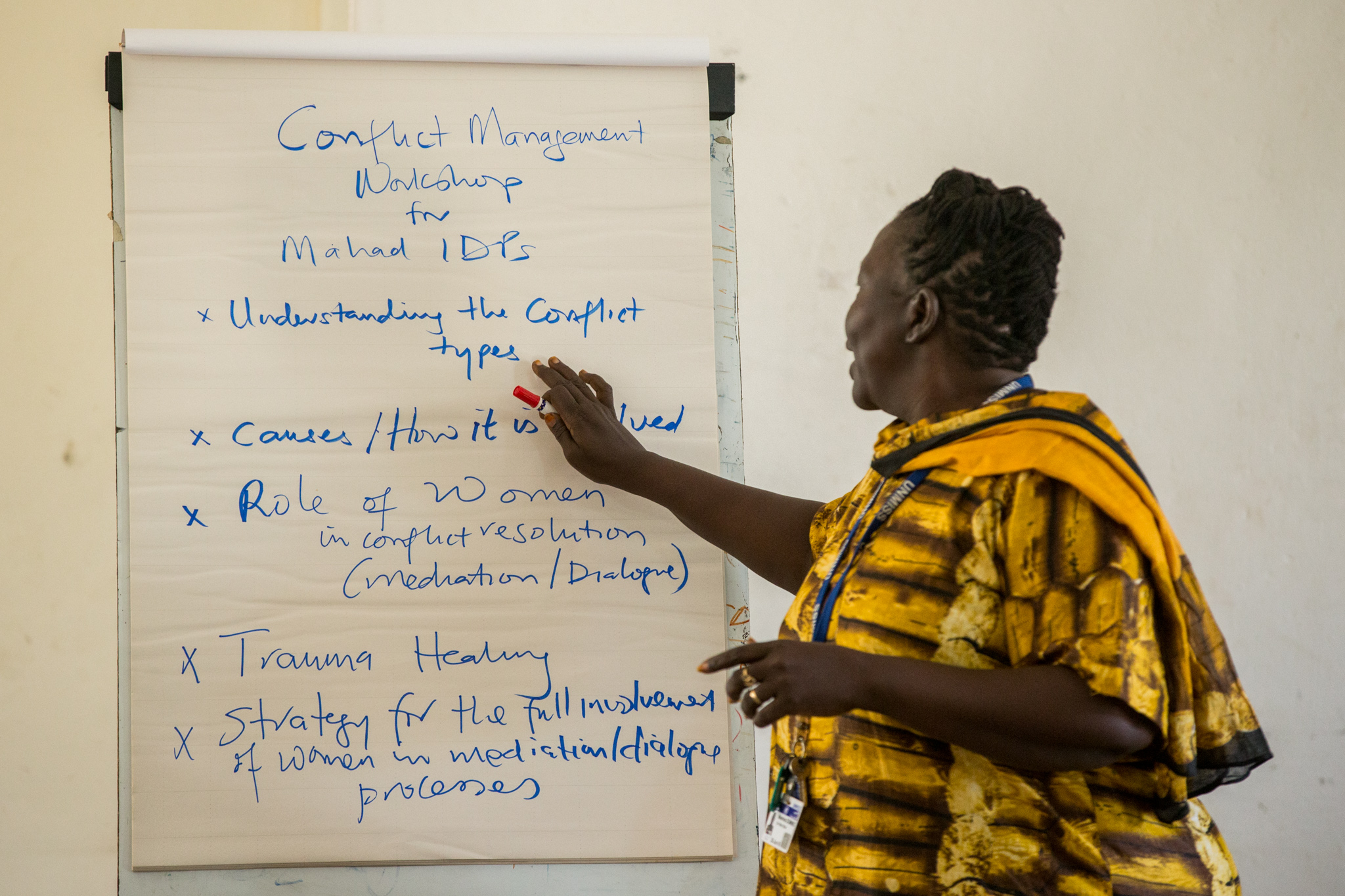
‘Pedagogies of Resistance’ and Critical Peace Education
Photo credit: UNMISS via flickr The field of Peace Education emerged after World War I and II when educators began to teach topics of peace with the hope of avoiding future war. Since then, peace education has branched off into various areas of focus with their own methods of teaching. … Read more
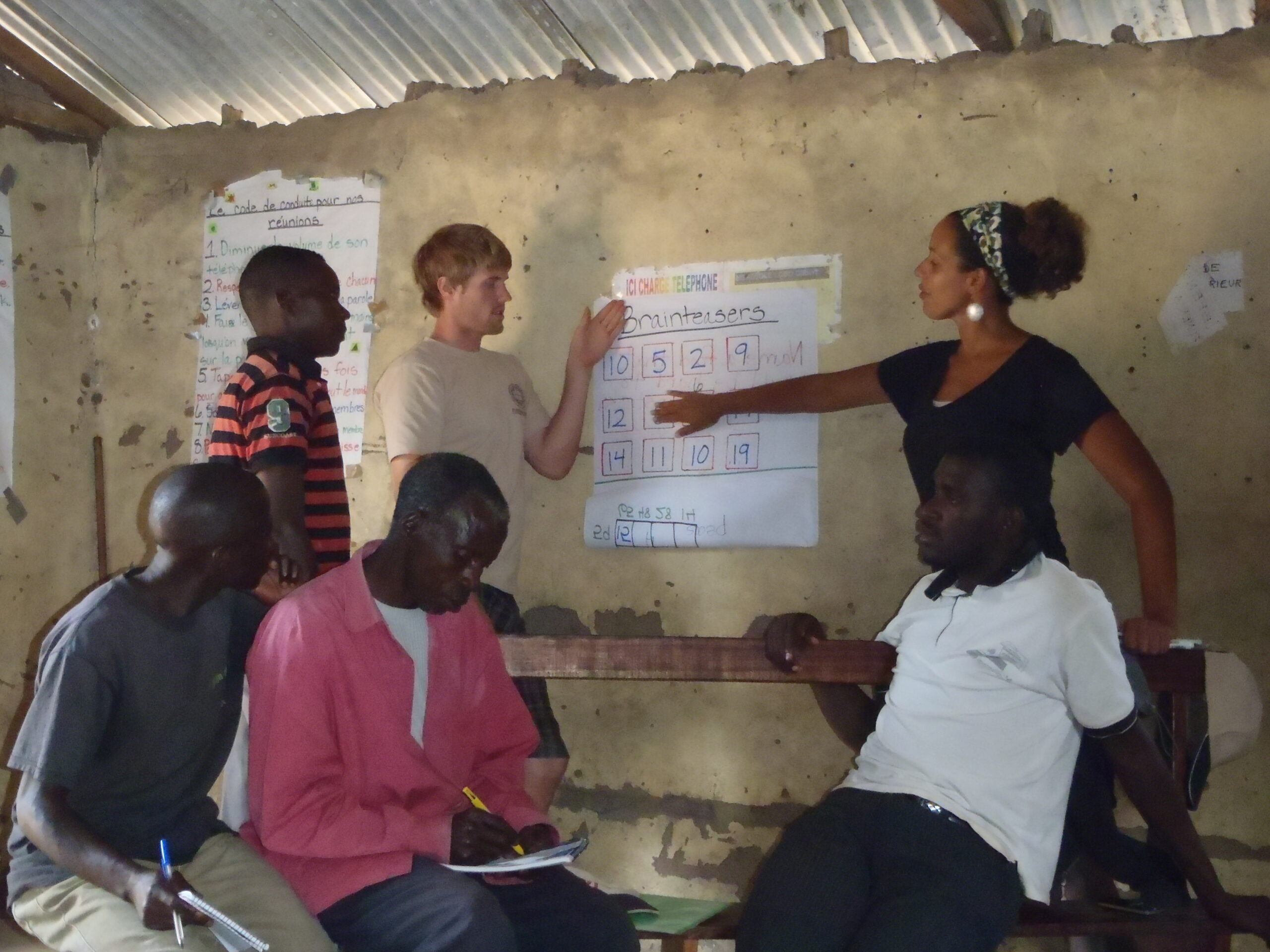
Everyday Peace, Peace Pedagogy and the Big Social Picture
Photo credit: Teachers without Borders In this article, the authors discuss the concept of ‘everyday peace’ as a peace education framework. Co-created with the study participants, everyday peace is based on values and on the individual and structural levels. The research connects peace education to everyday violence in people’s lives. … Read more
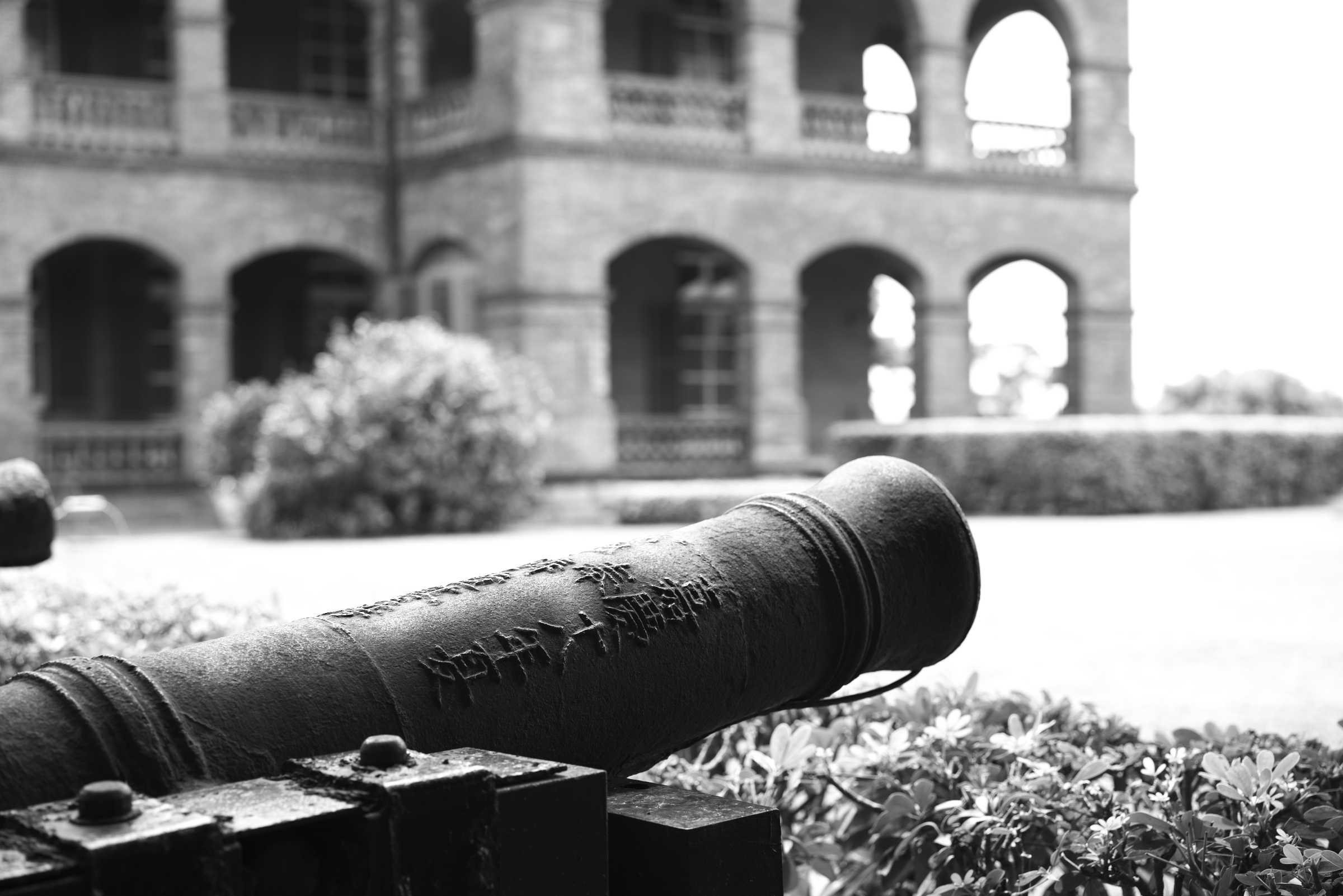
Interrupting Generational Cycles of Violence Through Historical Memory
Photo credit: 8 Kome In this article, the author provides a concept of interrupting cycles of violence spreading across generations by connecting collective/historical memory to peace education. She specifically suggests incorporating “oral histories” and “futures visioning” into classrooms and the communities beyond to make peace education more socially relevant. This … Read more
